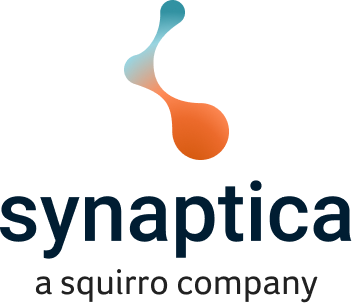Taxonomies and ontologies can serve as a self-contained knowledge base or be used to model and control operational business processes. The most common uses for enterprise taxonomies are: to standardize the metadata applied to content, to provide content navigation menus and experiences, and to support semantic search. Whatever the use case there will be a need to publish taxonomies to systems outside of the taxonomy management system. This need can be met by pushing (exporting) taxonomies to consuming systems, or by allowing consuming systems to pull taxonomies on demand through APIs.
This content has been archived. It may no longer be relevant
Enterprise Taxonomy Management | Publishing
Integrate with content, metadata and search systems
Publishing Taxonomies
Currency and Cadence
Different organizations operate with a different cadence for the publication of their taxonomies. For example, a news media company needs real-time updating to ensure that newly created taxonomy topics can be applied to breaking news stories immediately. Conversely a Science, Technology, Engineering, and Medicine (STEM) organization may require that all new and changed terminology flow through a formal governance process with multi-stakeholder approvals required before release.
Continuous Work-in-Progress or Published Versions
Related to currency and cadence enterprises need to decide whether to publish their taxonomies as a continuous work-in-progress or as published versions.
In the Continuous Work-in-Progress model taxonomies are published in real-time or with frequent batch updates. Generally, only concepts that have completed the stakeholder approval process are exported or made accessible to consuming systems. Candidate terminology can be released, however, if an organization requires new terminology to be made immediately available.
In the Published Versions taxonomies are worked in an effort to revise a complete taxonomy or to develop a completely new module. Upon completion of the revision or new module, and possibly in accordance with a standardized publication schedule, a new published version is then released. Published versions are generally identified by a version number or version release date.
Push or Pull
Many enterprises employ both push and pull methods to publish taxonomies depending on the requirements of different consuming systems. For example, Microsoft’s content management system SharePoint requires that taxonomies managed in external enterprise taxonomy management systems be periodically pushed to SharePoint’s Term Stores. When ingested concepts are assigned SharePoint Unique Identifiers (UIDs) before they can be used to tag content. Conversely, Atlassian’s enterprise wiki application Confluence pulls terminology from enterprise taxonomy management systems in real-time as wiki editors create and tag web pages. Some enterprises push or pull taxonomies to a middleware cache, which then serves taxonomies to consuming systems. Some enterprises exclusively pull all taxonomies on-demand using APIs.
Graphite supports all of the above methodologies with connectors and a comprehensive read-write REST API library supporting calls for common functions including:
- Autocomplete search
- Hierarchical browse
- Graph exploration
- Get all concepts in a taxonomy scheme or a collection
- Get all properties for a specific concept
- Submit a candidate concept to a designated taxonomy scheme
Creating Content Tagging User Experiences
Connectors, plugins and native REST-APIs can be used to create content tagging user experiences streamlined to the workflow and requirements of each content management system.
In the following example taxonomies in Graphite are used to tag pages in a Confluence wiki. Using the Graphite-Confluence plugin users can tag pages with easy-to-use autocomplete search and hierarchical browse. Users can click on tags on a wiki page to explore related pages. The system is also configured to allow wiki editors to submit candidate concepts to designated taxonomies. Whenever a wiki page is tagged to a concept the connector posts information about the page, including its URL and page title, back to Graphite creating an index of tagged pages that gives taxonomists a 360-degree view of how concepts are being used.
”Taxonomies and ontologies can serve as a self-contained knowledge base or be used to model and control operational business processes.




